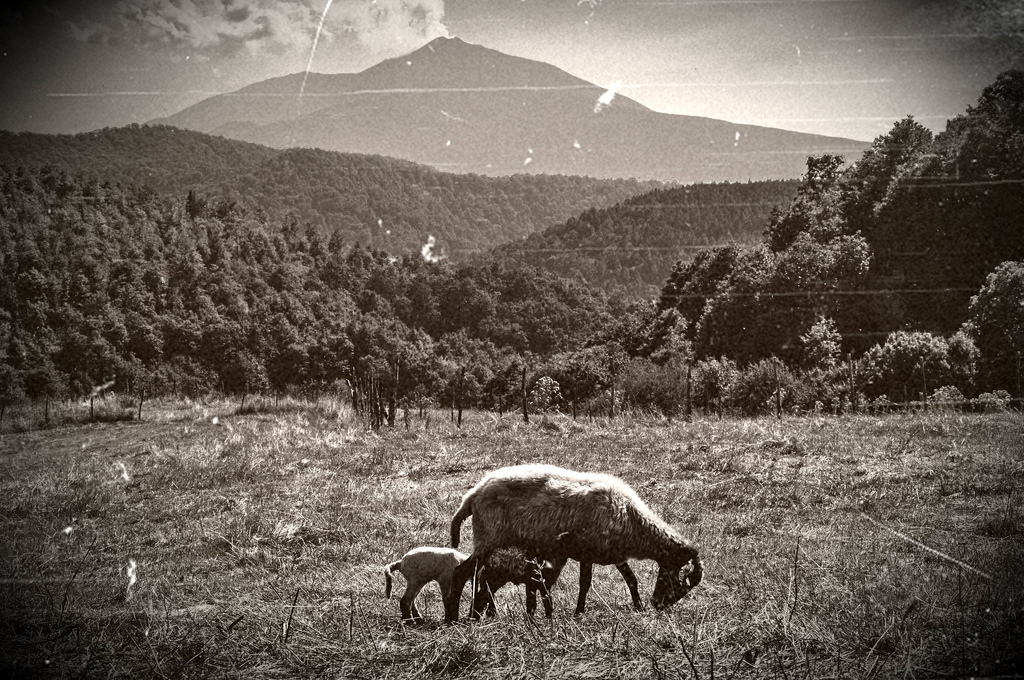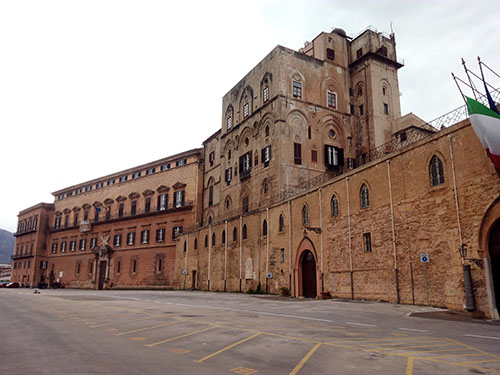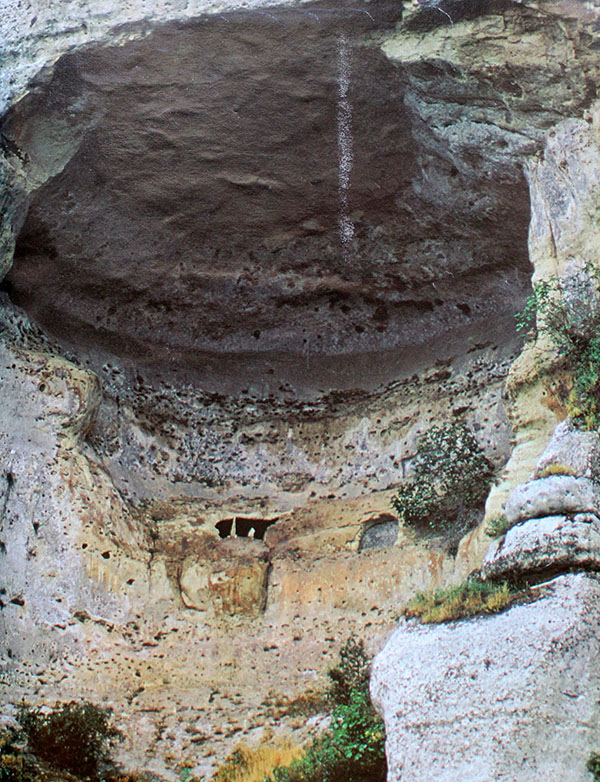A taste of the ancient Sicily
The island of Sicily with its strategic location on ancient trading routes awakened the great interest of several empires such as Carthage, Rome and Athens. As a result, Sicily Island was not far from the centre-stage of regional politics and was frequently war prone during the Classical era. To appreciate the multiplicity of Sicily in past times and explicitly the array of artefacts dating from the Roman and Greek occupation of this island, spend more of your time at the Museo Archeologico Regionale, which is situated in Palermo. Amongst Italy’s most famous archaeological galleries, it has a collection of unique artefacts that assist you to recognise the numerous occupations by foreigners. It will also offer you the opportunity to see priceless artefacts from Sicily’s various civilisations, such as those from the time of the Punics, Greeks, Phoenicians, Saracens and Romans.


The Greek Settlement and the Norman rule in Sicily
Two era’s standout in Sicily’s history those of the Norman occupation in the 12th century AD and that of the Greek rule between the 3rd and 8th centuries BC. During the two periods, the island of Sicily was ruled by leaders based on the Isle, which in the economy, artistic splendour and military strength matched every larger country surrounding it. They formed impressive courts, to which individuals from all over the world assembled. During and after those periods, however, the island was administered from afar, a small province on the periphery of powerful empires. As dishonest elite oppressed citizens, there was no more drive for scientific and artistic innovation.
Ancient Sicily Civilisations
Go back in time and tour the caves of the north-west Sicily, where you will see proof of the earliest civilisations that lived on the islands shores. In these exclusive caves, elaborate cave paintings beautify the walls, an enthralling example of Mesolithic and Palaeolithic art and culture. It is believed that the first occupants to colonise Sicily came around 5000 BC. The siculi from Italy, the elymni from Greece and sicani from North Africa paved the way in 900 BC for the Phoenicians who instituted the old Carthage city in North Africa and made Palermo the power seat in Sicily. They became recognised as the mighty Carthaginians, a vital presence in the history of Sicily and one that is still felt amid the mysterious ruins of Mozia.

Impact of history on modern Sicily
The long and exciting account of the Sicilian history is evident in the major tourist sights of this island. The devotedly re-established old town centres; the nature reserves and national parks; and the primordial ruins, several of which are recorded as UNESCO world heritage sites. Nowadays, with a population of over 5 million people, the Sicilian citizens are a unique mixture resulting from their multi-coloured ancient past. Sicilians are a people conscious of their unique legacy and each day on the island is a celebration of their cultural and artistic heritage.
